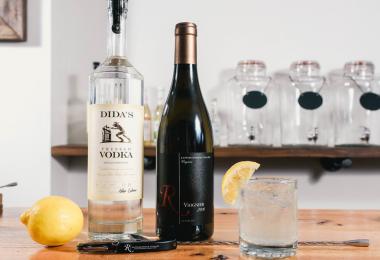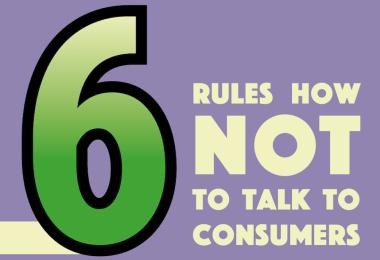Throughout the pandemic, countless businesses in the US and elsewhere have taken advantage of federal assistance programs. Agriculture grants have helped winemakers do everything from upgrade equipment to expand into new territories.
But grant opportunities won't come to your door. You have to seek them out and evaluate each program. Consider whether your operation meets the grant eligibility requirements and what types of expenses the grant will cover.
Conducting this kind of research upfront makes the process of applying for grants much easier. First, it keeps you from wasting your time. Most grants spell out their requirements in their request for applications or proposals. If you don’t fit the criteria for one grant, you know it’s time to move on to another.
Secondly, investigating all the grants available right now can make a difference to your winery’s short-term and long-term strategic planning. For instance, let’s say that an upcoming grant will fund payroll for personnel and independent contractors. This could potentially lead you to switch gears and consider a more extensive advertising and publicity effort than you thought you could afford.
Finally, while taking a thorough look at your grant options it is worth considering wineries that have benefited in the past, where this information is available. In the US, for example it is possible to see which businesses have gained from the USDA Value-Added Producer Grant, or VAPG which offers up to a quarter-million dollars to agricultural producers. It can be valuable to know how much other wineries received and how they planned to use the funding.
You’ll notice that several VAPG recipients spent money on domestic and international marketing distribution and other efforts. Consequently, if you’ve been holding off on launching a social media campaign targeting a specific audience or location like the American Midwest, Spain, or Australia, you might want to consider applying for the VAPG. That way, you can conserve and steward your finances while still getting the traction you want.
Of course, knowing you qualify for federal grants for winemaking, wine selling, and wine marketing is one thing. Avoiding common pitfalls when applying is another. That’s why it’s essential to keep some grant application tips in mind.
1. Give yourself a long runway to write your grant.
If you rush the grant process, you’ll risk making mistakes and submitting an application than may not be accepted. Generally, US grants have a 90-day window between when they’re announced and the deadline for applications. Far too often, applicants give themselves too little time to pull together a compelling request.
Rather than waiting until the last moment, plan to submit your application ahead of the deadline. That way, if you come across unexpected holdups like gathering contractor quotes or revising your action plan, you can still get everything done on time.
2. Read and follow the grant proposal guidelines.
It’s impossible to underestimate the importance of perfectly following the grant application instructions. Many applications get rejected because they miss an attachment or don't include required documents.
While you’re still in the research phase, write down all the grant requirements on a separate document or paper. Go through the instructions with a fine-tooth comb, too. Have someone else on your team double-check the request for proposal.
The more knowledgeable you are about what you’re expected to submit, the less likely you’ll be to miss something. Why worry that you might have to limit your ambitious wine marketing strategy just because you forgot to include an important chart with your grant application?
3. Explain why you want the grant in the simplest terms possible.
Machines don't read grant applications. Humans do. And those humans have to go through hundreds or thousands of applications to determine which businesses receive approvals — and which do not.
Knowing this, you can make their job much easier by directly answering questions. Don’t get hung up on crafting a complex narrative. Be straightforward and to the point. For example, if the question is “Why do you need this grant?”, avoid telling your whole winery history. Just answer the question plainly: “Our winery needs this grant because ….”
It might seem elementary to repeat the language of the question in your answer. However, it’s perfectly reasonable. Additionally, it’s a good litmus test to ensure you’re providing an accurate, relevant response.
The pandemic hit the wine community hard. With grants, you can mount a solid comeback. Just make sure you cover your bases to increase your odds of receiving funding.

Toni Scott is responsible for business consulting firm Morrison’s overall management and operations. She leads and directs Morrison’s grant services — working with clients in government, food, agribusiness, manufacturing, production agriculture, processing, and marketing to plan, prepare for, and secure competitive state and federal grant funding. She also oversees grant administration of client projects and contributes to business plan and feasibility study projects and conducts strategic planning and facilitation. Toni directs Morrison’s external communications and industry outreach as well.








